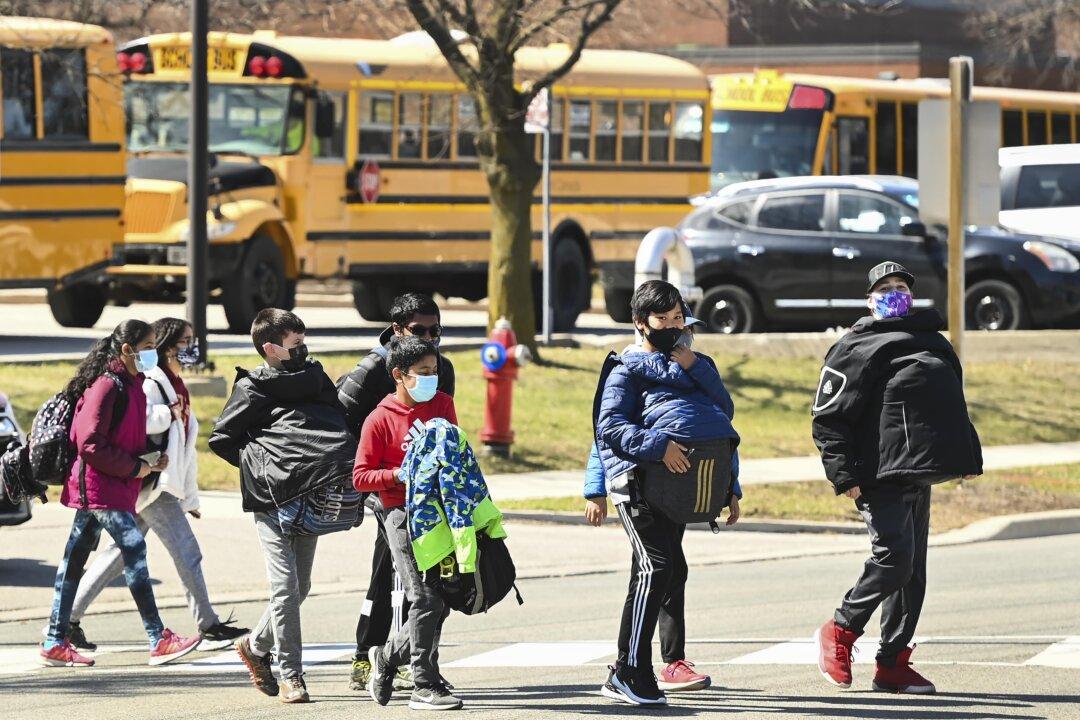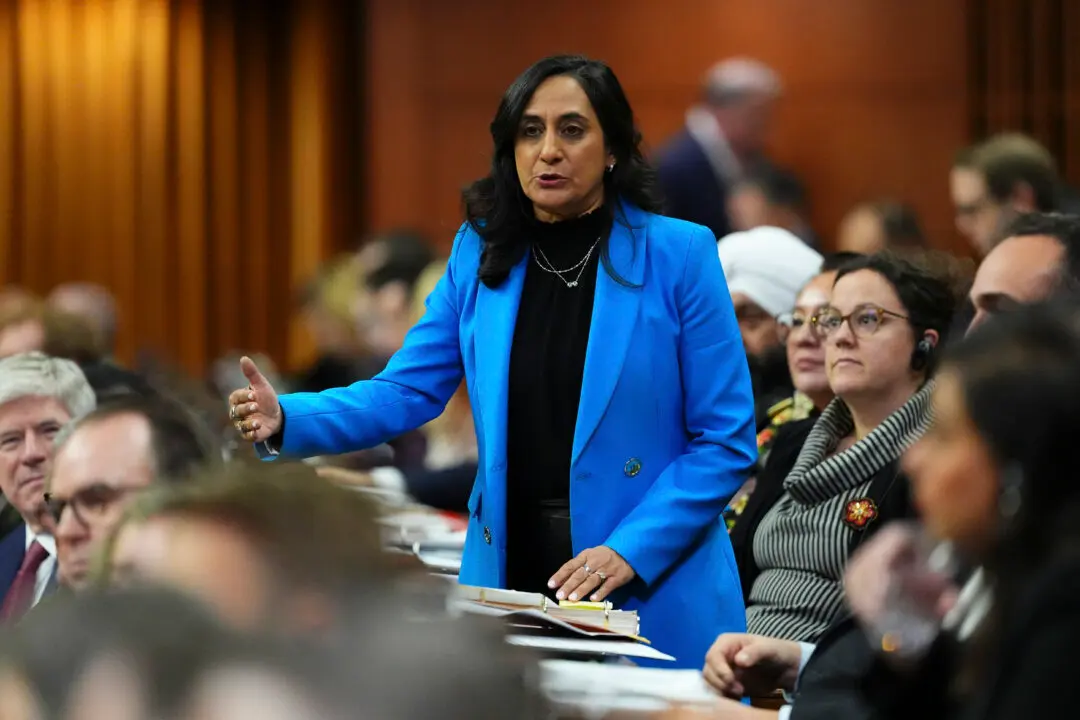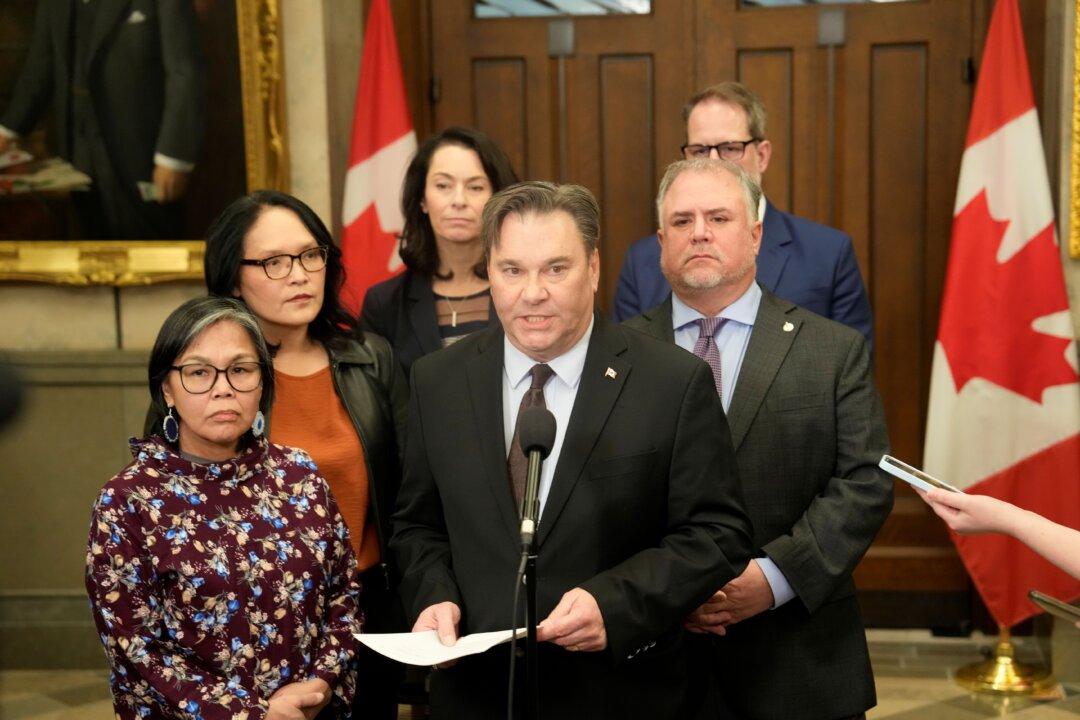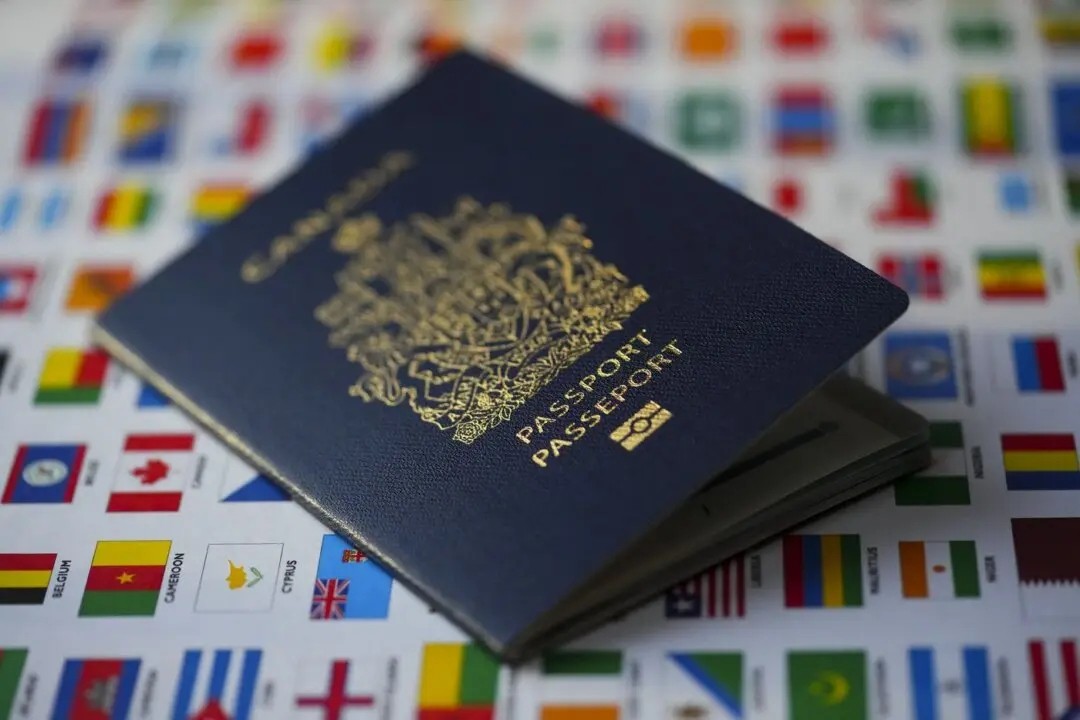A recent study finds that spending on public schools across Canada has increased by more than necessary to offset the effects of growth in student enrolment and inflation—in amounts totalling billions of dollars being additionally spent.
“Contrary to what we often hear, spending is on the rise in public schools across Canada, and in most cases, it’s outpacing inflation and enrolment changes,” said study co-author Jake Fuss, associate director of fiscal studies for the Fraser Institute, in a news release on Oct. 6.





